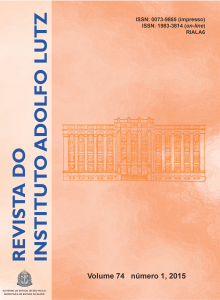Bisphenol A: Review on its use in the food packaging, exposure and toxicity
Keywords:
bisphenol A, endocrine disruptor, polycarbonate, epoxy resins, food packaging
Abstract
Bisphenol A is an industrial compound produced in large scale around the world. This product is used for manufacturing the synthetic polymers, including epoxy resins, which are applied for varnishing the both internal and external parts of food cans, and also for producing the polycarbonate applied on baby bottles and bottles of water. Other less significant applications are the production of polyvinyl chloride (PVC), to manufacture the thermal paper, polyurethane, polyamide, flame retardant, and to prepare the dental sealants and resins. Bisphenol A is considered as an endocrine disruptor that interferes with the production, release, transport, metabolism, binding or elimination of natural hormones responsible for maintaining balance and regulation of development processes. Among the various routes of human exposure to bisphenol A, the dietary exposure is especially worrisome as it potentially reaches higher number of persons in the different age groups, besides, it may occur during long periods in low doses and without being detected. This review aimed at addressing the routes of exposure to bisphenol A, its toxicity and the legislations concerning their limits to ensure the human health integrity.
Published
2015-10-05
How to Cite
Bernardo, P. E. M., Navas, S. A., Murata, L. T. F., & Alcântara, M. R. da S. de. (2015). Bisphenol A: Review on its use in the food packaging, exposure and toxicity. Revista Do Instituto Adolfo Lutz, 74(1), 1-11. Retrieved from https://periodicoshomolog.saude.sp.gov.br/index.php/RIAL/article/view/33380
Issue
Section
REVIEW ARTICLE










